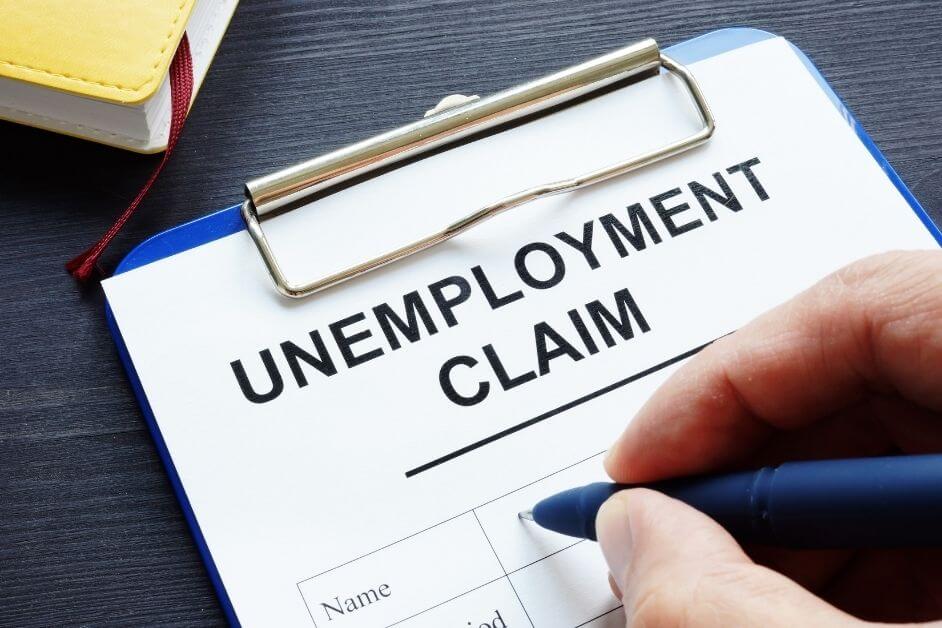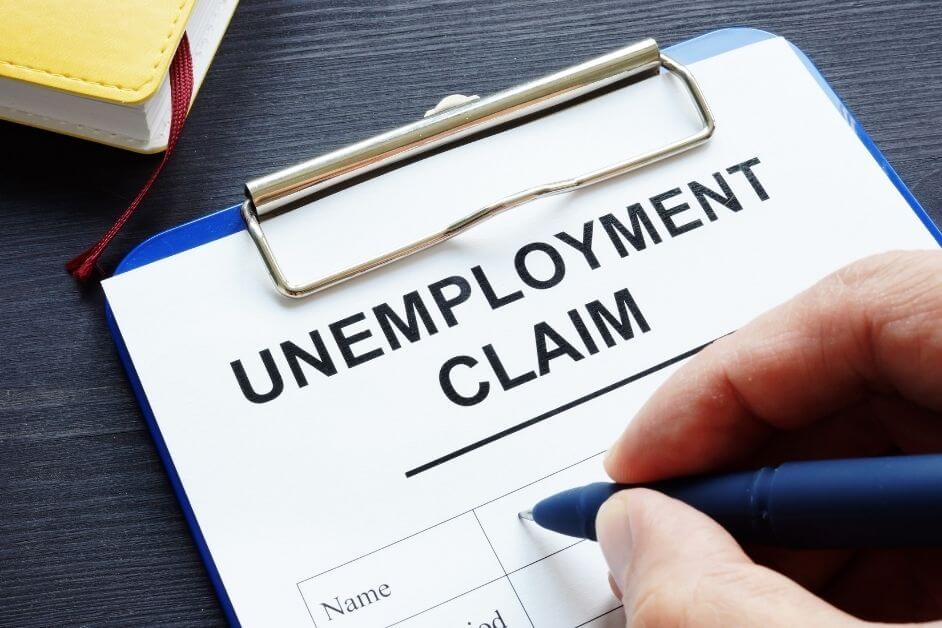Unemployment benefits are provided through a federal-state unemployment program, which is funded largely by federal and state taxes imposed on employers. The Internal Revenue Service enforces federal unemployment tax laws. The state unemployment agency oversees state unemployment tax as well as the determination and disbursement of unemployment benefits.
When an employee files a claim for unemployment benefits with the state unemployment agency, the latter notifies the employer accordingly. It is then up to the employer to handle the issue appropriately. Consider the following suggestions.
Verify the Unemployment Claim Notice
The claim notice from the unemployment agency contains information provided by the employee. For this reason, you should make sure the notice is correct. Verify whether:
- the claimant is a former employee,
- the wages and employment dates on the notice match your records, and
- the notice’s description of the events surrounding the termination correlates with your documentation.
Determine Unemployment Eligibility
Each state has its own guidelines regarding unemployment eligibility plus the amount of benefits eligible claimants will receive and for how long. Typically, claimants must have worked for at least a certain period of time, lost their job through no fault of their own, and met the minimum earnings requirement.
Employees who were laid off are eligible for unemployment benefits. Those who were let go because they were not a good fit may be eligible as well. However, employees who voluntarily left their job or were fired for misconduct generally do not qualify for unemployment.
Respond in a Timely and Adequate Manner
The Unemployment Insurance Integrity Act of 2011 says that employers must respond to requests by the state unemployment agency in a timely and adequate manner so that claimants will receive the benefits to which they’re entitled. Under the Act, if an employer fails to properly respond, the state unemployment agency will charge the company’s account for benefits, even if the claimant is later disqualified.
The Act allows states to make their own determination as to what constitutes a “timely” and “adequate” response. In addition, states can implement stricter standards, such as revoking the employer’s rights to appeal the claim in question.
Decide Whether to Contest the Unemployment Claim
If, based on your evidence, you believe the employee is not entitled to unemployment benefits, you may dispute the claim by following the unemployment agency’s guidelines. The burden is on the employer to prove that the employee should not receive benefits, so make sure you have credible written evidence supporting your position, such as attendance, disciplinary, and termination records. The state unemployment agency will decide whether the employee should receive benefits.
Often, employers fight unemployment claims because they understand the effect of benefits on their state unemployment tax rate, which is influenced by the number of claims charged to the employer’s account. The more former employees who are receiving benefits, the higher the employer’s state unemployment tax rate. Therefore, it is in a company’s best interest to appeal unwarranted claims.
Contact us today for more information about handling unemployment claims.






